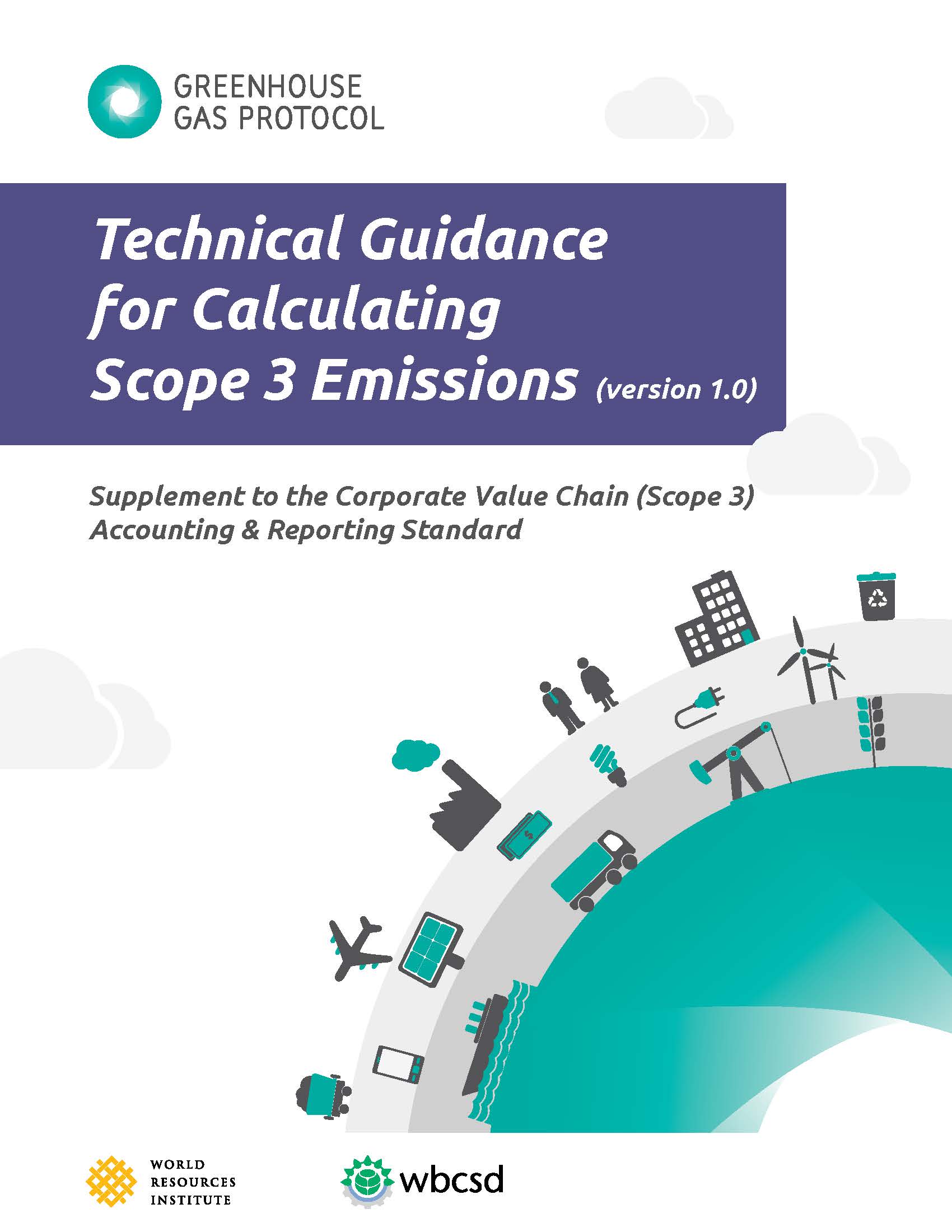Stakeholder Consultation Webinar: Refinement of the Transport Sector in the Sectoral Decarbonization Approach
Time suitable for Asia.
Time suitable for Asia.
Science-based carbon emission reductions and climate targets are now used by well over 200 of the world’s largest companies.

An effective corporate climate change strategy requires a detailed understanding of a company’s greenhouse gas (GHG) emissions. Until recently, most companies have focused on measuring emissions from their own operations and electricity consumption, using the GHG Protocol’s scope 1 and scope 2 framework. But what about all of the emissions a company is responsible for outside of its own walls—from the goods it purchases to the disposal of the products it sells?
The Scope 3 Standard is the only internationally accepted method for companies to account for these types of value chain emissions. Building on this standard, GHG Protocol has now released a companion guide that makes it even easier for businesses to complete their scope 3 inventories.
For easy reading on your computer, notebook, tablet, or handheld device, click to download the electronic version of the Corporate Value Chain (Scope 3) Standard. This version provides hyperlinks between the standards text, tables and images. Please note that the page numbers vary slightly between the original and electronic versions. When citing specific page numbers, please note when you are referring to the electronic version text.
The standard covers the accounting and reporting of seven greenhouse gases covered by the Kyoto Protocol – carbon dioxide (CO2), methane (CH4), nitrous oxide (N2O), hydrofluorocarbons (HFCs), perfluorocarbons (PFCs), sulphur hexafluoride (SF6) and nitrogen trifluoride (NF3). It was updated in 2015 with the Scope 2 Guidance, which allows companies to credibly measure and report emissions from purchased or acquired electricity, steam, heat, and cooling.